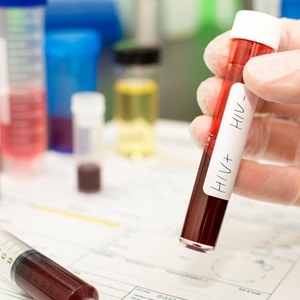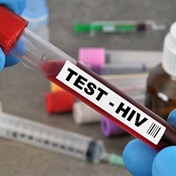
It’s a headline you don’t want to read, but experts say it’s actually good news. Researchers from the University of Missouri, Presbyterian Mission Agency, and healthcare company Abbott last week confirmed the discovery of a new subtype of the human immunodeficiency virus (HIV).
The new strain was classified as HIV-1 Group M, subtype L. The results of their research were published in the Journal of Acquired Immune Deficiency syndromes (Jaids).
This breakthrough can be traced to the Democratic Republic of Congo, and the strain is a subtype of a known existing group. Samples of the newly identified strain of the virus were collected in the 1980s, 1990s and then again in 2001.
However, in order for a new subtype to be declared, three separate cases of the strain need to be discovered independently.
Because of the limited technology at the time, sequencing the third sample was difficult to do, which meant that the frozen blood sample had to be kept on ice since 2001 – which is why it’s being labelled a newly-identified strain, and not a new strain.
No need to panic
HIV has two types: HIV-1 and HIV-2. There are hundreds of subtypes, and they are designated alphabetically. Group M is a strain of HIV-1. New subtypes are being discovered all the time, and the discovery of subtype L is not something to be alarmed about, say experts.
As a matter of fact, the discovery may be helpful in staying ahead in the fight against the virus.
“By advancing our techniques and using next-generation sequencing technology, we are pulling the needle out with a magnet,” Dr Mary Rogers, one of the authors of the study said.
“This scientific discovery can help us ensure we are stopping new pandemics in their tracks.”
How close are we to a cure?
Only a small number of people are infected with the newly identified strain, and current treatment will remain effective against it. In future, however, people who test for HIV will need to be tested for the newly-discovered strain as well.
According to UNAIDS Global HIV & AIDS statistics – 2019 fact sheet, 37.9 million people globally are living with HIV, and 74.9 million people have become infected with HIV since the start of the epidemic.
Although there have been many advancements in the field of HIV/Aids, there’s no cure as yet. Existing drugs aim to decrease the risk of transmission of the virus, and those have been very effective.
According to the Centers for Disease Control and Prevention: "Studies have shown that PrEP reduces the risk of getting HIV from sex by about 99% when taken daily. Among people who inject drugs, PrEP reduces the risk of getting HIV by at least 74% when taken daily.”
There are also vaccines that are being trialled around the world, with results said to be expected around 2023.
Discoveries like the latest one will hopefully help to end the HIV pandemic, said Carole McArthur one of the authors of the study: “We must continue to out-think this continuously changing virus and use the latest advancements in technology and resources to monitor its evolution.”
Image: iStock




 Publications
Publications
 Partners
Partners











